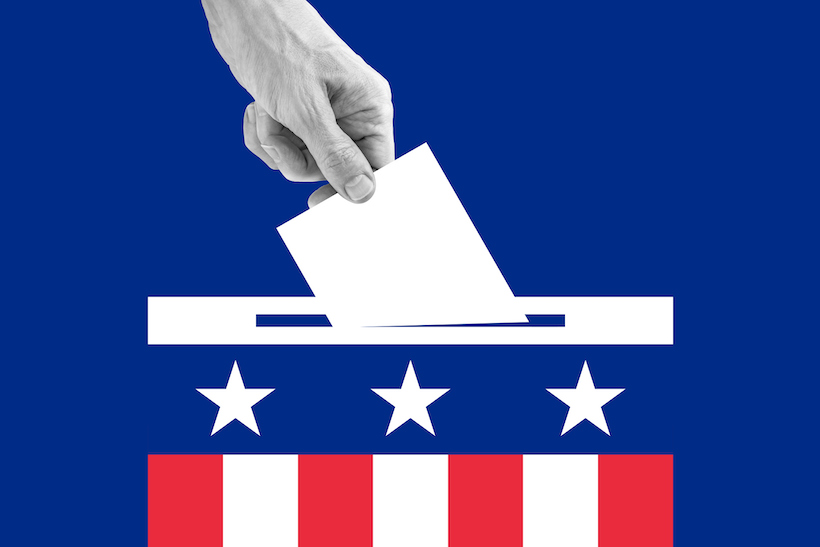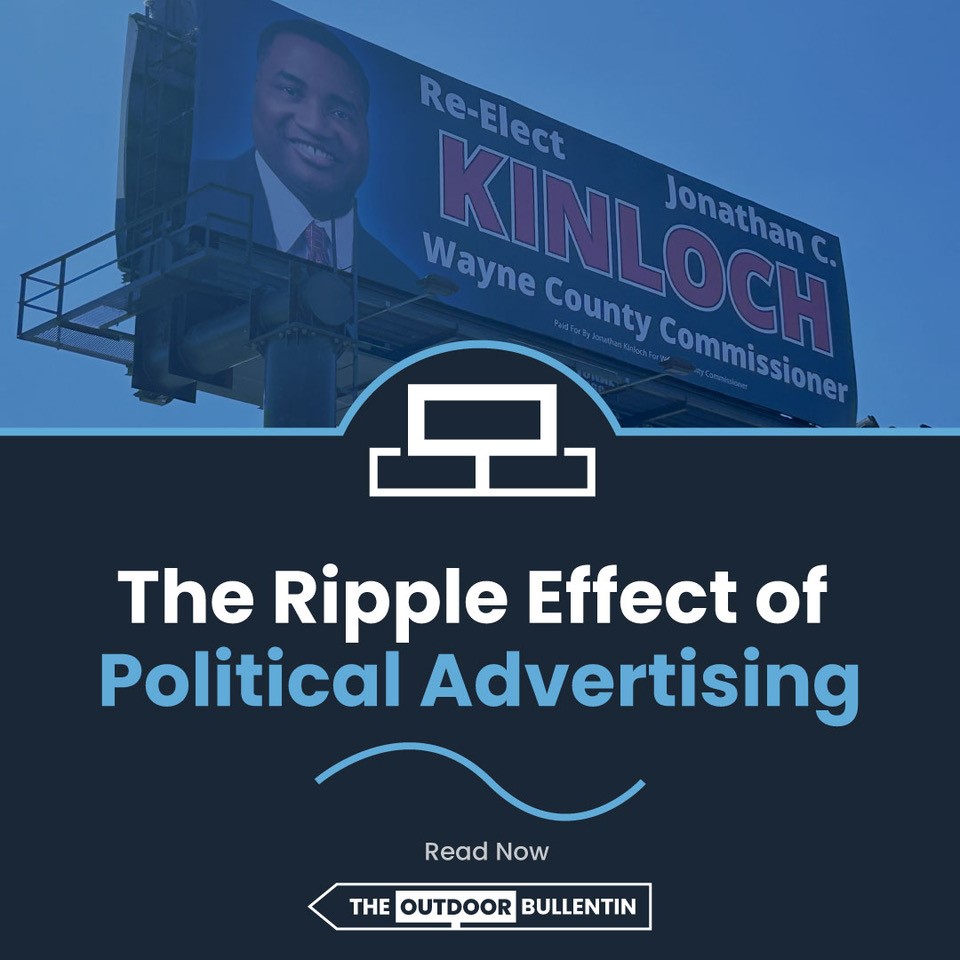2024 is shaping up to be a watershed year. As political campaigns ramp up their spending to unprecedented levels, traditional television advertisers are finding themselves squeezed out of their usual slots. This phenomenon, known as “bumping,” is forcing even the most prominent advertisers to rethink their strategies and seek alternative avenues to reach their audiences. One cannot simply just decide not to advertise, and accept a lower return during that time. Marketers must get creative withering budgets and consider other mediums that may be able to yield effective results.

The Bumping Effect
Bumping occurs when political advertising, with its massive budgets and urgent timelines, displaces regular television ads. This is particularly prevalent during election years when candidates and political action committees (PACs) vie for prime time slots to ensure their messages are heard. This year, the competition is fiercer than ever. Political advertising spending is projected to surpass previous records, driven by high-stakes elections and the increasing importance of media presence in shaping public opinion. With Michigan being considered a battleground state, political dollars from all sides will pour in to make their voice known at higher rates that most other states.
The Impact on Regular Advertisers
For long-standing television advertisers, the bumping effect is more than just a minor inconvenience. It disrupts carefully planned campaigns, diminishes the predictability of media schedules, and can lead to significant losses in audience reach. As prime-time slots are snapped up by political ads, brands are left with less desirable time slots or, worse, no slots at all. This not only affects their visibility but also their marketing return on investment.
Turning to Billboards
In light of these challenges, advertisers are increasingly turning to out-of-home (OOH) advertising, with billboards emerging as a particularly attractive option. Here’s why:
Uninterrupted Visibility: Unlike television or radio, billboard advertising is immune to the bumping phenomenon. Once a billboard is booked, it remains in place for the duration of the contract, ensuring consistent and uninterrupted visibility.
Cost-Effectiveness: Compared to the inflated costs of prime-time television slots during election season, billboards offer a more cost-effective alternative having a low cost per thousand and low cost per point. Advertisers can achieve substantial visibility without the premium price tag, making it a smart choice for maintaining brand presence.
High Reach and Frequency: Billboards, strategically placed in high-traffic areas, offer repeated exposure to a wide audience. This high reach and frequency can effectively complement digital and other media campaigns, ensuring a nice multichannel advertising approach.
Targeted Local Campaigns: For advertisers looking to maintain a strong local presence, billboards provide an excellent medium. They can target specific geographic areas within a DMA and have tailored messages, making them ideal for businesses aiming to bolster their local impact.
As we navigate through this politically charged season, the landscape of available advertising will be constantly shifting and tightening. The bumping effect is a potent reminder of the need for adaptability in advertising strategies and having multichannel campaigns. By embracing this shift and exploring the full potential of billboards, advertisers cannot only weather the storm of political advertising but also emerge stronger and more resilient in a media landscape that continues to change.

